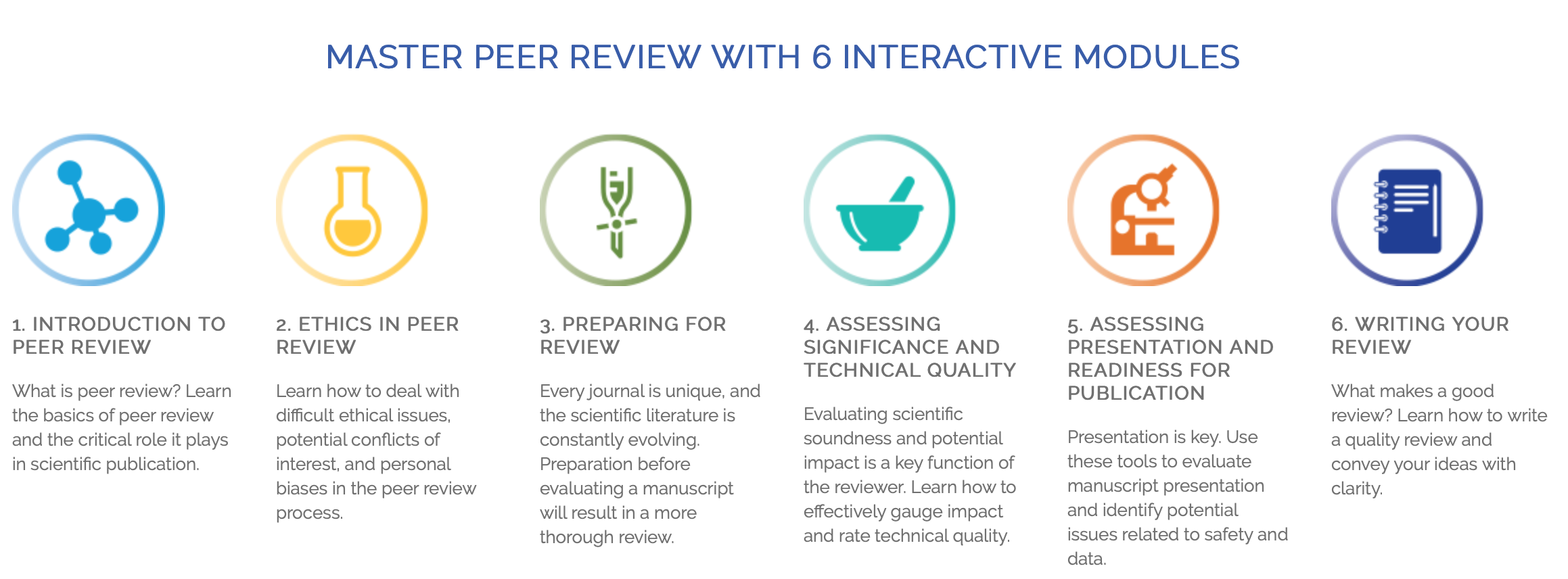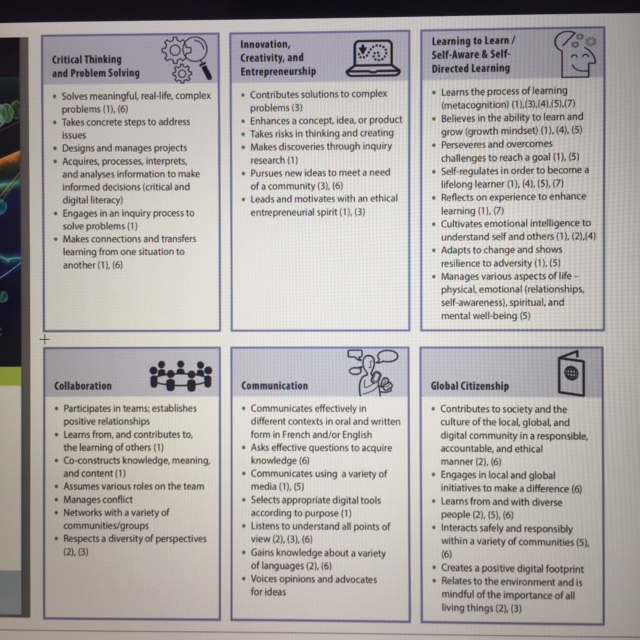Kallia Katsampoxaki-Hodgetts, University of Crete (2022)
Online academic communication has become increasingly multimodal. Semiotic resources are not just complementary to the main manuscript but they play an integral part in peer communication, scholarly identity construction, networking and audience engagement. Scientific findings are not limited to monomodal textual communication (written texts), they have adopted visuals, audio slides, videos, F360 images in scientific RAs that do not only serve as evidence but also show the importance of engagement in knowledge communication and how engagement is realised through linguistic and multimodal input (auditory, visual and textual), comments, questions or appeals to the audience. Engagement through semiotic resources in scientific RA’s is not limited to promotional purposes such as increasing the visibility of a scientist’s work. It enhances the validity of scientific methods used, reproducibility and transparency, and serves as a means of including wider audiences (undergraduate students or laypeople), fostering understanding and interaction, and production of new input blurring the boundaries between experts and non-experts, content providers and content users.
Luzon and Pérez-Llantada (2022) provide a very informative discussion of the impact digital genres have had so far in scholarly, scientific or para-scientific communication in terms of rhetorical exigencies and social/communicative actions. They highlight the importance of widening practitioners pedagogical genre based practices stressing the need for more comprehensive digital academic literacies and ‘multi-literacies’ (Jones and Hafner, 2012) and multi-modal composing skills (Hafner and Ho, 2020). They also call for more formal instruction opportunities that are not limited to conventions and lexis but also on how recontextualisation strategies of disciplinary knowledge include and increase proximity with wider audiences (Katsampoxaki-Hodgetts, 2022), “as well as adapting academic knowledge to different genres, modes and audiences” Luzon and Pérez-Llantada (2022: 180).
However, genre adaptation may not be convenient for EAP/ESP instructors who have peripheral knowledge of the target discourse to be taught. Genre variability and genre evolution may not be convenient for the average EAP/ESP teacher who lose face when they cannot overturn students’ “deficit” (by providing rigid formal structures, moves, lexico – grammatical clusters, or functions). Yet, convenience is often what holds us tied to our comfort zone and prevents students from being exposed to more challenging tasks and critical-pragmatic opportunities.
It is about time we focus on processed-based models of EAP/ESP providing learning opportunities that foster digital academic literacies, raise cross-genre, cross-medium and cross-mode awareness, and provide access opportunities to novice writers to experiment and notice conventions, strategies and language upon genre play and metacognitive reflective tasks.
References
Hafner, C.A. and Ho, W.Y.J. (2020). Assessing digital multimodal composing in second language writing: Towards a process-based model. Journal of Second Language Writing, 47, 100710.
Jones, R.H. and Hafner, C.A. (2012). Understanding Digital Literacies: A Practical Introduction. London: Routledge.
Katsampoxaki-Hodgetts K. (2022). The emergence of a new inclusive meta-scientific genre; ‘the Bigger Picture’, Journal of English for Academic Purposes, 57, 101114, 1475-1585, https://doi.org/10.1016/j.jeap.2022.101114.
Luzon M.J. and Pérez-Llantada C. (2022). Digital Genres in Academic Knowledge Production and Communication, Multilingual Matters; Bristol.
Note: I wrote this commentary after reading Luzon and Pérez-Llantada’s (2022) book on Digital Genres in Academic Knowledge Production and Communication.







